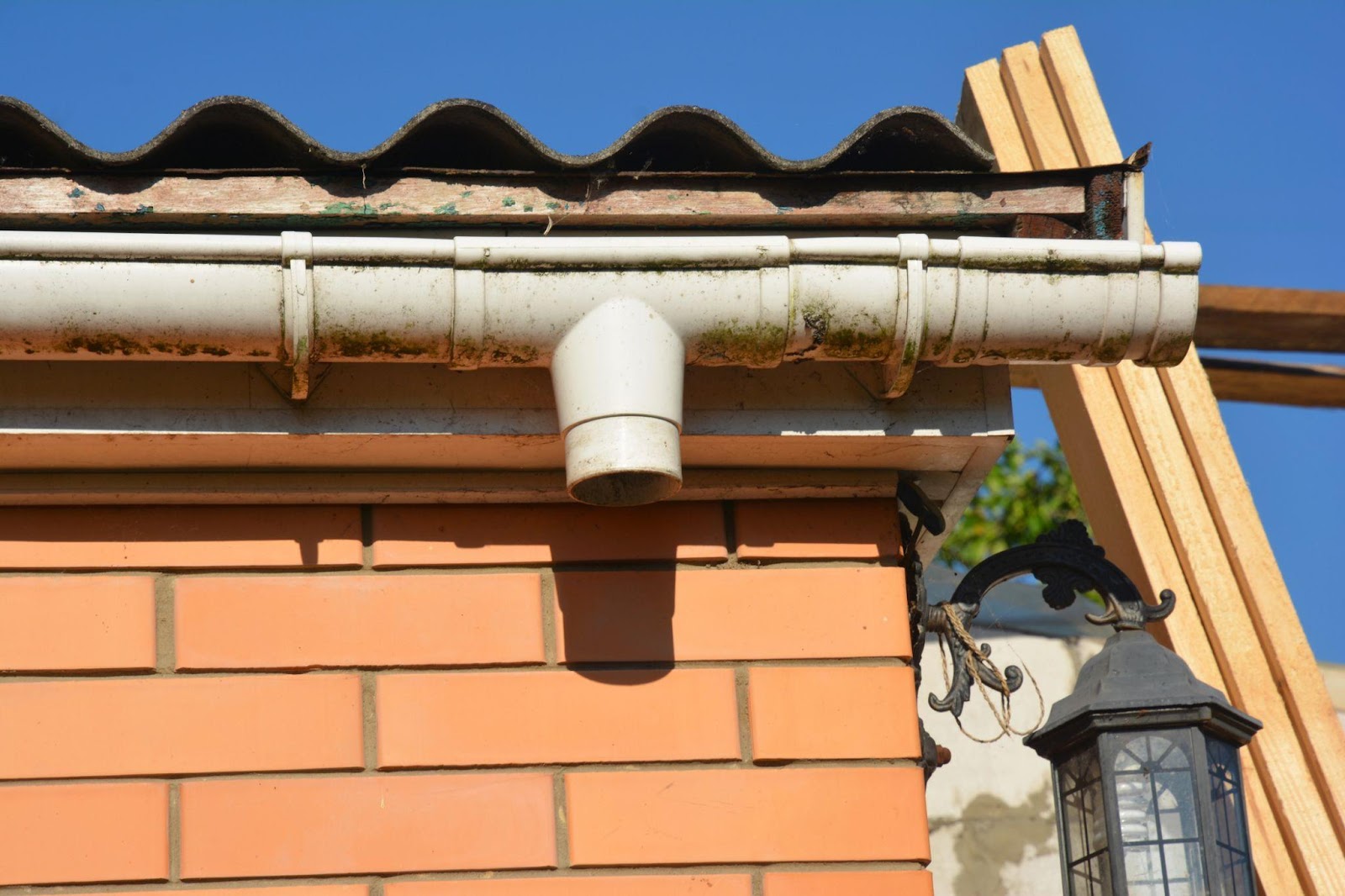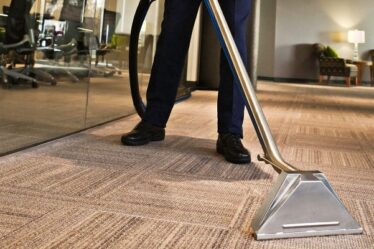
Roof plumbing is an often overlooked but crucial aspect of home maintenance. It involves more than just keeping your roof looking good; it protects your home from potential water damage. At the heart of this system, gutters play a pivotal role in redirecting rainwater away from your home’s foundation and walls. Ignoring gutter problems can lead to costly repairs down the line. Early detection of these issues ensures that your home remains safe and dry. This article will walk through seven common gutter issues that signal repair, helping you stay ahead and prevent possible damage.
Understanding the Role of Gutters in Roof Plumbing
Gutters are integral to the roof plumbing system, directing runoff water away from your home. When they work properly, gutters preserve the structural integrity of your property by preventing erosion, leaks, and basement flooding. Typically constructed from materials like aluminium, steel, and copper, gutters are designed to withstand the elements. However, over time, even the most durable materials require maintenance to ensure they continue functioning at their best. Regular inspections and cleaning are critical to maximise their lifespan and maintain their effectiveness in protecting your home.
Identifying Blockages and Clogs
One of the most common gutter problems is blockages caused by leaves, twigs, and other debris. When gutters become clogged, water doesn’t drain away as it should. Instead, it overflows, potentially causing water damage. You might notice standing water in the gutters, sagging sections, or pools of water around your foundation. If left untreated, blockages can lead to significant damage, including roof leaks and foundation cracks. To safely clear a blocked gutter, use gloves, a scoop, and a garden hose. Regularly cleaning your gutters, particularly during autumn and spring, can help prevent future clogs.
Recognizing Signs of Sagging Gutters
Gutters can sag over time due to excess weight from debris, snow, or water. This sagging affects both the appearance and functionality of the gutters. Look for visible dips or separation from the fascia boards, as well as inconsistent water flow. Sagging gutters often lead to improper drainage and potential water pooling on your roof or around your home’s foundation. Tightening the brackets or replacing them if they’ve worn out can remedy sagging. Ensuring your gutters are clean and installing gutter guards can prevent further sagging by reducing debris accumulation.
Detecting Leaks and Holes in Gutters
Leaks and holes in gutters are tell-tale signs of deterioration. They can be caused by physical damage, such as falling branches, or by natural wear and tear. These vulnerabilities allow water to escape, potentially damaging the exterior walls and foundation of your home. You might notice rust around holes or water staining on walls as indicators. To repair leaks and holes, you can use specialised gutter sealant or a patch. Moreover, replacing severely damaged sections might be necessary for more extensive issues. Timely repairs help avoid complicated and expensive roof repair indicators that often accompany neglected gutter problems.
Addressing Gutter Rust and Corrosion
Rust and corrosion reveal themselves through discolouration and the visible weakening of metal gutters. Primarily caused by moisture and the ageing of materials, rust can severely compromise the strength of your gutters. If left unchecked, rust can lead to sections of the gutter giving out, causing water to flow directly onto your property. Regular painting and the use of rust-inhibiting treatments can prolong the life of metal gutters. Occasionally, completely replacing rusted sections with more robust materials like stainless steel might be a more cost-effective long-term solution.
Observing Gutter Joint and Connection Failures
Effective gutter systems rely on secure joints and connections. When these fail, you might notice dripping at joints during rain or misalignment between connected sections. These issues disrupt water flow, potentially leading to pooling and overflow. Poor joint connections can destabilise the entire gutter system, leading to more extensive problems, including water damage. Ensuring all sections are properly aligned and securely fastened addresses these issues. Applying joint sealant or using additional fasteners can oftentimes resolve these connectivity failures. You may also consider professional assistance if the problem persists.
Conclusion
Routine inspections and swift repairs to gutter problems are essential for maintaining your home’s structural health. Paying attention to common issues like blockages, sagging, and leaks can save you considerable time and money. As part of a comprehensive home maintenance plan, regular observation and upkeep of roof plumbing systems, including gutters, are crucial. While many minor problems can be addressed with DIY methods, it’s wise to consider professional services for more complex issues. Prioritising gutter health effectively safeguards your home, keeping it secure from the costly effects of water damage.


